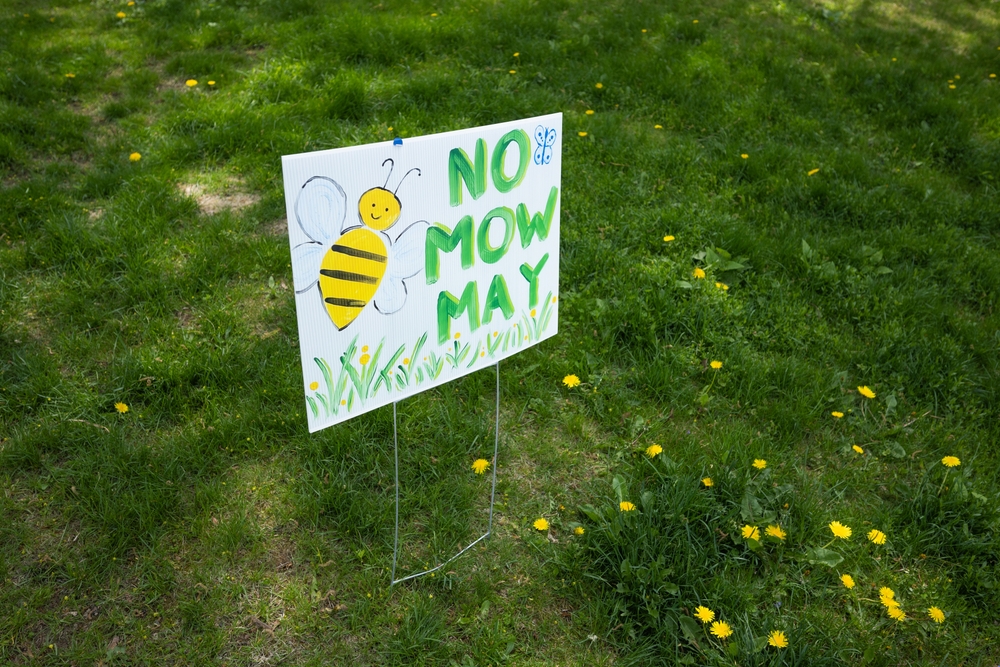Solutions for the problems of growing megacities can be found in their slums and shantytowns.
Jay Walljasper | May 2007 issue
Blame it on rappers, the old movie Blade Runner or the Bible. No matter the culprit, scenes of urban depravity – from “gangsta” ghettos to Gomorrah – are repeated so often throughout our culture that most people are firmly convinced big cities are bad, hopeless places.
This is seen as especially true for fast-growing megacities in the developing world. Mexico City is now home to 23 million people. Mumbai, India, is home to 20 million. Lagos, Nigeria to 11 million. Even places that most Westerners have never heard of – Bandung, Indonesia or Tianjin, China – have more than 5 million inhabitants. These booming cities of the South could be viewed as success stories, attracting people eager to improve their lives. But instead they are treated as signs of urban malignancy.
This year marks a monumental point in human development – for the first time in history, more people live in cities than in the countryside. This news has been widely reported in the media but usually with strong overtones of uneasiness or dread – as if it were a clear omen of environmental, social and economic disaster.
Janice E. Perlman, an anthropologist and city-planning professor who founded the Mega-Cities Project, has found powerful examples of how urban communities from Bangkok to Cairo to S‹o Paulo can relieve their own poverty and pollution. If aid agencies, development experts and national and international policymakers would re-examine their pessimistic assumptions about megacities, Perlman believes, creative new approaches could be found that would actually improve the conditions about which many of us worry.
Writing with Molly O’Meara Sheehan in the Worldwatch Institute’s new book 2007 State of the World Report: Our Urban Future (W. W. Norton), Perlman states, “There can be no global environmental sustainability without urban sustainability. There can be no urban sustainability without alleviating urban poverty.”
Perlman points out that for 40 years it’s been the official policy of most international agencies and national governments to give rural development priority over urban projects in the hopes of stemming migration to cities. This seems to have had little effect except to target people who do move to cities as the problem. “The myth that people will stop coming to cities if the public housing is not built and squatter settlements are removed is unfounded and hurts the poor,” she writes.
Rural development can be a worthy goal, according to Perlman, but should not be mistaken as something that’s good for cities too. She encourages aid officials, political leaders and everyone to look at promising projects, often developed by the urban poor themselves, that directly tackle the problems of developing world cities.
Slum/Shack Dwellers International. Beginning in the 1980s, poor people in Mumbai and other Indian cities began organizing against the bulldozing of their communities through the National Slum Dwellers Federation – a grassroots movement that eventually expanded to offer housing programs and other basic services such as public toilets and personal savings plans. The idea spread with the formation of the South African Federation of the Urban Poor in 1991, which also created housing and savings programs for the poorest of the poor. Similar programs now exist in Brazil, Kenya, Ghana, Thailand, Cambodia, Nepal, Philippines, Zimbabwe and 13 other nations, many of which have been instrumental in pressuring national governments to take urban poverty seriously. These groups exchange ideas and information through the umbrella group SDI (Slum/Shack Dwellers International, http://www.sdinet.org).
Participatory budgeting. When the Workers’ Party gained power in the southern Brazilian city of Porto Alegre, its members pioneered a bold experiment in democracy by letting people gather in neighbourhood meetings to help advise politicians on how to spend the municipal budget. The program is credited with helping alleviate poverty in this city and this idea of participatory budgeting has spread throughout South America and the world.
Land sharing. These ingenious innovations arose in Bangkok, where poor people facing eviction from their long-time homes in squatters’ settlements began negotiating with real-estate developers holding title to their land to build new apartments on a portion of the disputed sites. Surprisingly, this is a good deal for both sides: Poor people living on the site get comfortable apartments, which they legally own, while landowners can move ahead with their plans without costly delays due to protests and court cases. The high-rise apartments take up only a share of the sites, meaning that developers can afford to build them out of profits from the overall project.
Participatory development. The success of land-sharing helped inspire the Thai government to create the ambitious Community Organizations Development Institute, a well-funded microfinance program that enables people in 170 poor communities to work together in buying land, building or improving housing or starting businesses.
These projects and 400 others identified by Perlman and her colleagues at the Mega-Cities Project show that the new urban giants rising in the developing world aren’t lost causes at all, but opportunities to find innovative solutions to pressing problems like poverty, crime, alienation and environmental degradation. Remember that Paris, London and New York, once seen as cesspools of squalor and vice, are now hailed as world capitals of culture and creativity.
More information: http://www.megacitiesproject.org











